Scopes mounts and how to choose one! We delve into the deceptively interesting topic of scope mounts, with a brief look at their history with Sportmatch, how they are made, and how to pick the right one for you and your airgun
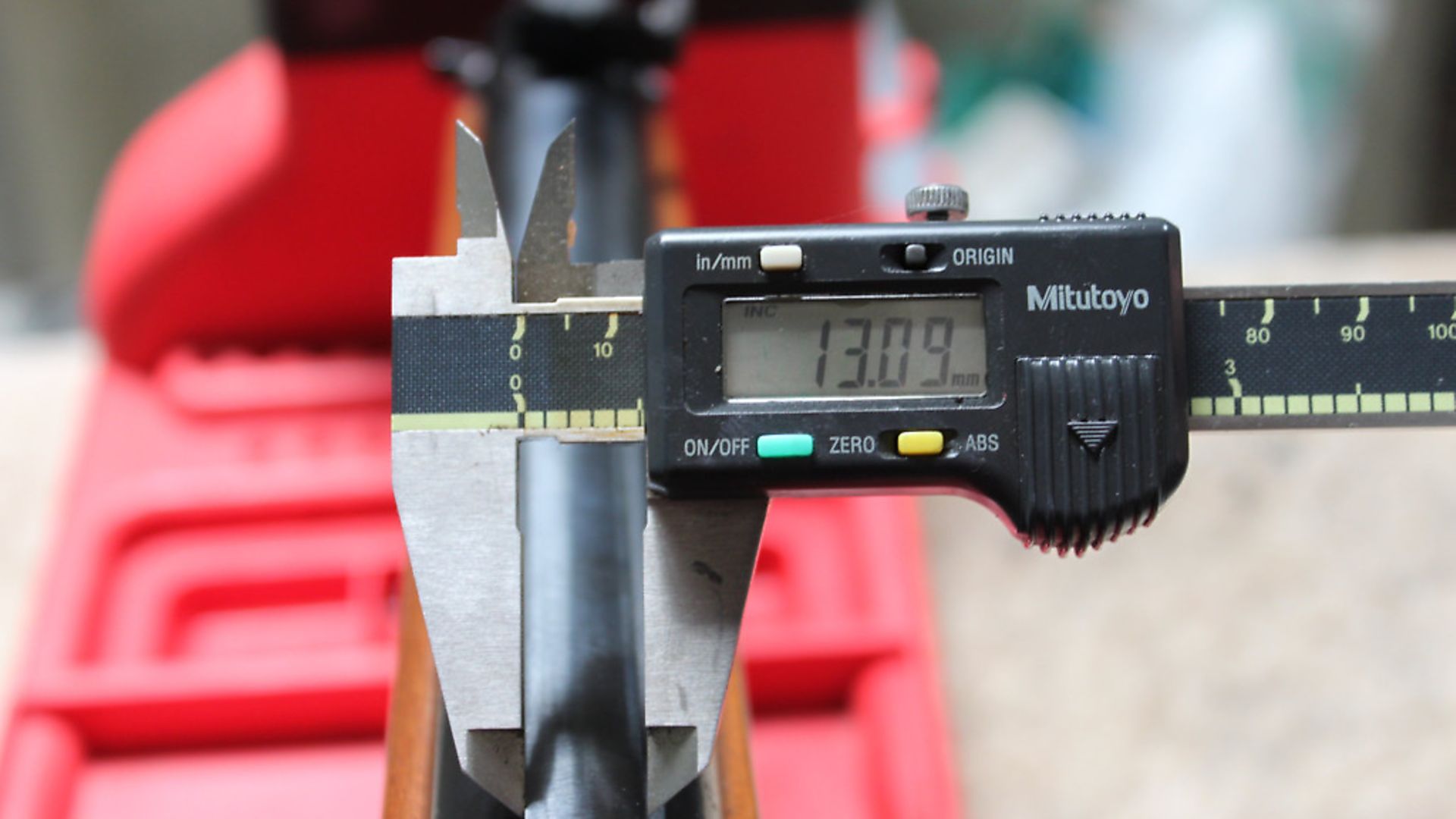 credit: Archant
credit: Archant
Scope mounts – not a particularly exciting subject on the face of it, but without them it would be impossible to shoot the vast majority of guns available today. I have used the car analogy before, but in this case I think it bears repeating; the only thing between your car and the road are your tyres, and top performance cars have top-performing tyres, otherwise you are not going to exploit the full benefits of your expensive new car. That nice new expensive airgun and its lovely new scope are married by your scope mounts, and if you decide to economise on the mounts, there is more than a passing chance that you will become infuriated by mediocre performance, which is probably the best-case scenario. Worst-case scenario will see you trading in your gun with frustration, and taking up something boring, like golf.
There are many reasons why cheap mounts will cause disappointment, and I intend to explore some of these along the way, but first let’s look at a British scope mount manufacturer whose products will always promise top-line performance, and actually cost rather less than you might think.
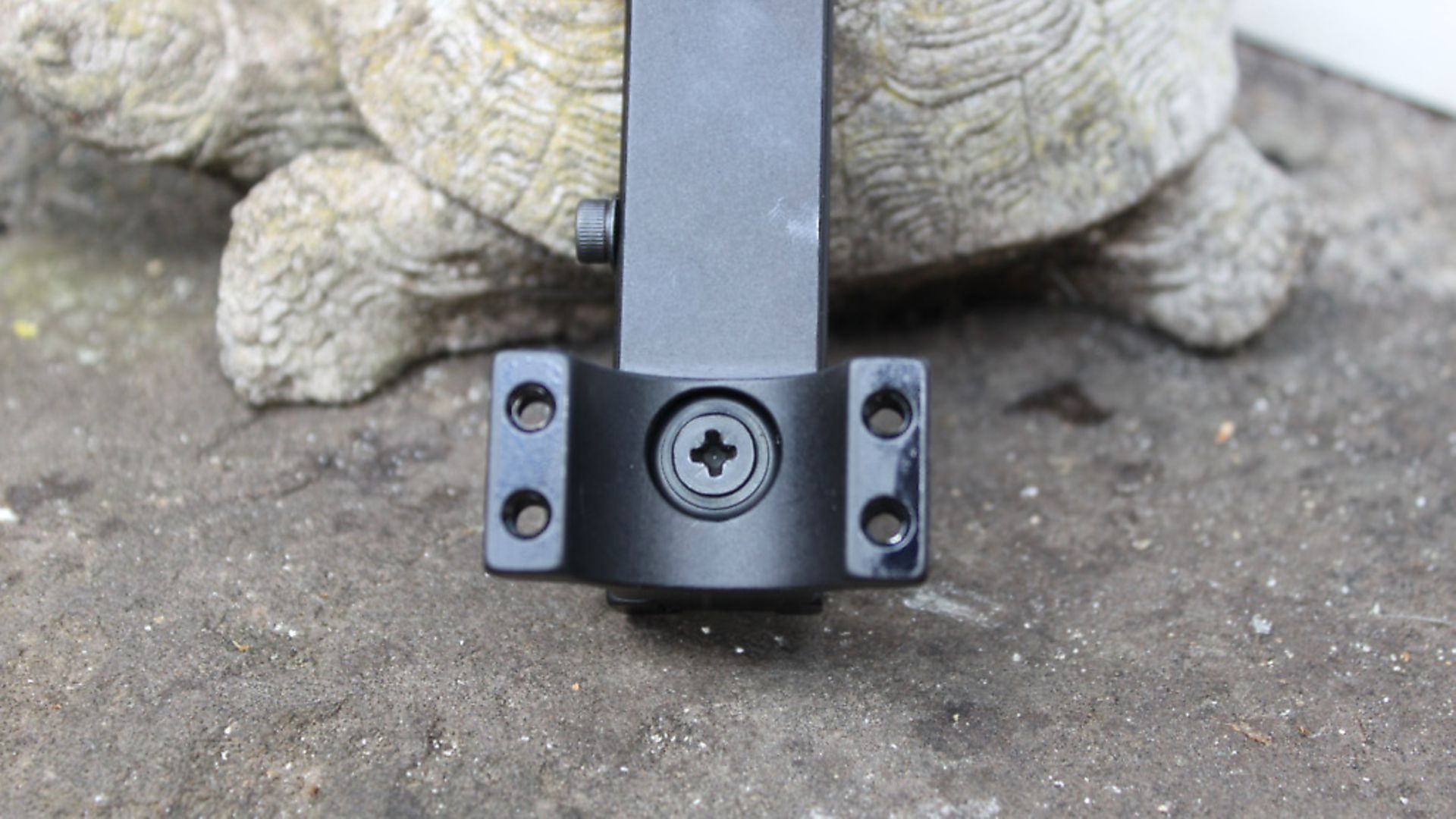 credit: Archant
credit: Archant
Sermon on the Mount
Sportsmatch Ltd have been making top-quality mounts since 1972. During that time, their products have been used by thousands of shooters around the globe, ranging form back garden plinkers to law enforcement personnel, and just about every shooting person in between. Like all success stories, the tale behind this company started by someone spotting a need and then rising to the challenge, and in this case, that someone was John Ford.
Back in the early 1970s, there was little choice in regard to scope mounts; there was the good quality, very expensive and hard to find German ones, and on the opposite end of the spectrum the cheap, poor quality ones imported from the Far East. Something was needed to occupy the middle ground – good quality yet affordable for the average shooter. With the brief set, and John’s engineering expertise earned on the motorsport circuit, it was time to put the ideas into practice and start doing what we British do best – make things.
So started the company that was to take the humble scope mount to the next level and then some way beyond. Those of you who are acquainted with field-target guns will be familiar with the Sportsmatch GC series, which was a later and equally important addition to the portfolio.
The Sportsmatch company is now headed up by John’s son, Matthew, who has taken up his father’s mantle, staying true to the company’s original tenet of offering a top quality product at an affordable price. So confident are they in their product that Sportsmatch now offer a lifetime warranty. The company prides itself on being a mount-making specialist, which encompasses all types, including accessory mounts as well as those for specialist applications, a couple of which I have lined up to take a look at later.
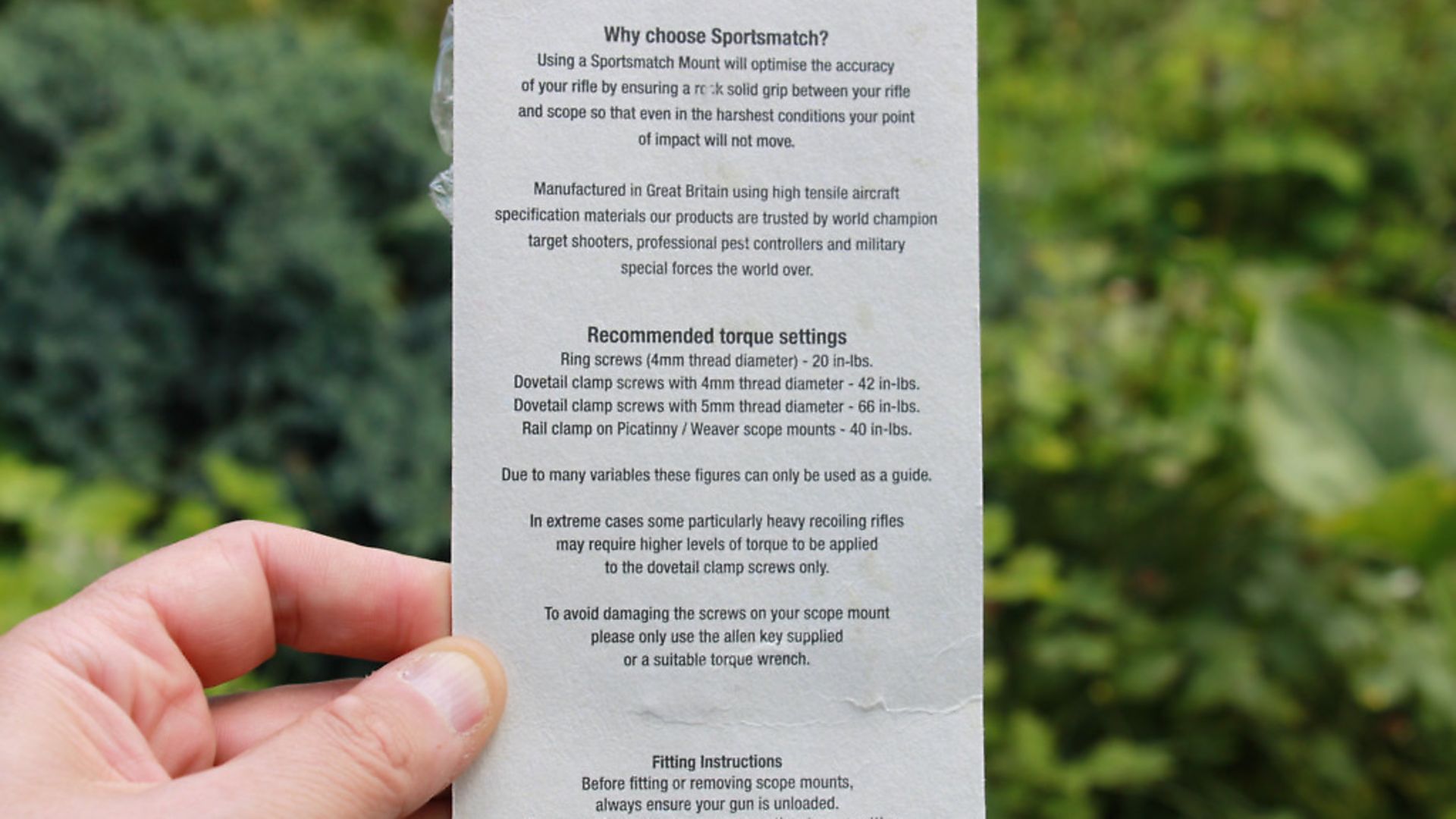 credit: Archant
credit: Archant
Anatomy of a Mount
Before moving on to specific applications, it might be worth considering a few important factors before choosing a scope mount. The material of which the mount is made is vitally important. It needs to be light in weight, but also strong and durable if it is to endure long service and still deliver top performance. All Sportsmatch products are produced from aircraft-grade material, which is tested and subsequently awarded the Civil Aircraft Association seal of approval. Think about that for a moment; we trust our lives to aircraft and the materials they are made from, so to have components made from such stock must contribute to the firmest of foundations.
 credit: Archant
credit: Archant
Clamp
Next, let’s consider the clamp, without which there is no union with your scope rail. This not only needs to be strong, but also the correct profile and width. Look carefully at the Sportsmatch clamp and you will notice that it is reversible. I am reliably informed that the factory setting is compatible with 99% of current scope rails, the remaining 1%, which includes early Webley guns, might benefit from using the reverse profile.
Having the correct profile means that the mount will grip the rail effectively, mitigating against the chance of the scope moving rearward on recoiling guns (scope creep), and it minimises the chance of the clamp damaging the scope rail when tightened. I have seen this latter issue on a few guns, which means that in future the clamp will not grip the rail effectively. It also gives an unsightly appearance, is difficult to rectify and devalues the gun in the process. The internal faces of the scope semi-circular mounting faces need to be smooth, polished, with absolutely no burrs with which to damage the scope body.
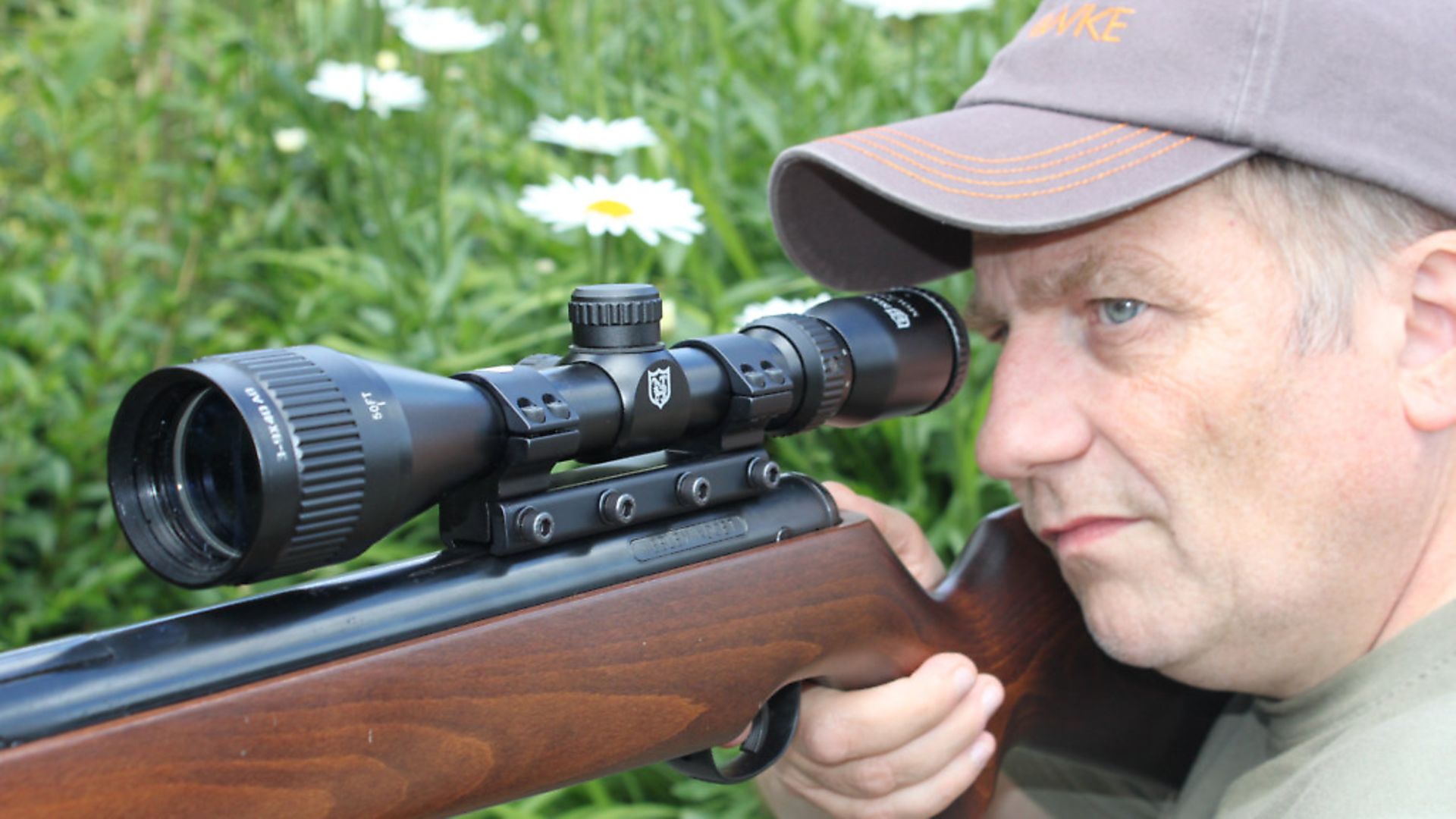 credit: Archant
credit: Archant
Success Story
There is much talk among target shooters about the phenomenon of cross over. This occurs when the two scope-mounting surfaces are not in line, which can result from poor quality machining in the production process, and will be the cause of inaccuracy when shooting at differing ranges. Sportsmatch machine to minuscule tolerances, and so inaccuracy due to cross over is unlikely ever to be problem for the owner, eliminating yet another variable for those in pursuit of ultimate accuracy.
As will be the case with any success story, there will be those who wish to cash in the deal, by making products that look similar, usually at a lower purchase cost, but lack the quality and function of the original – we are talking ‘copies’ here, of course. Buyers beware – they are out there, but thankfully it’s quite easy to spot the real thing; just look out for the Sportsmatch symbol on one of the clamps.
I am sure you will agree, there is plenty to consider when you next buy a new set of mounts, so with that in mind, let’s look at a few scenarios I’ve been faced with recently and how they were overcome with some bespoke mounting options.
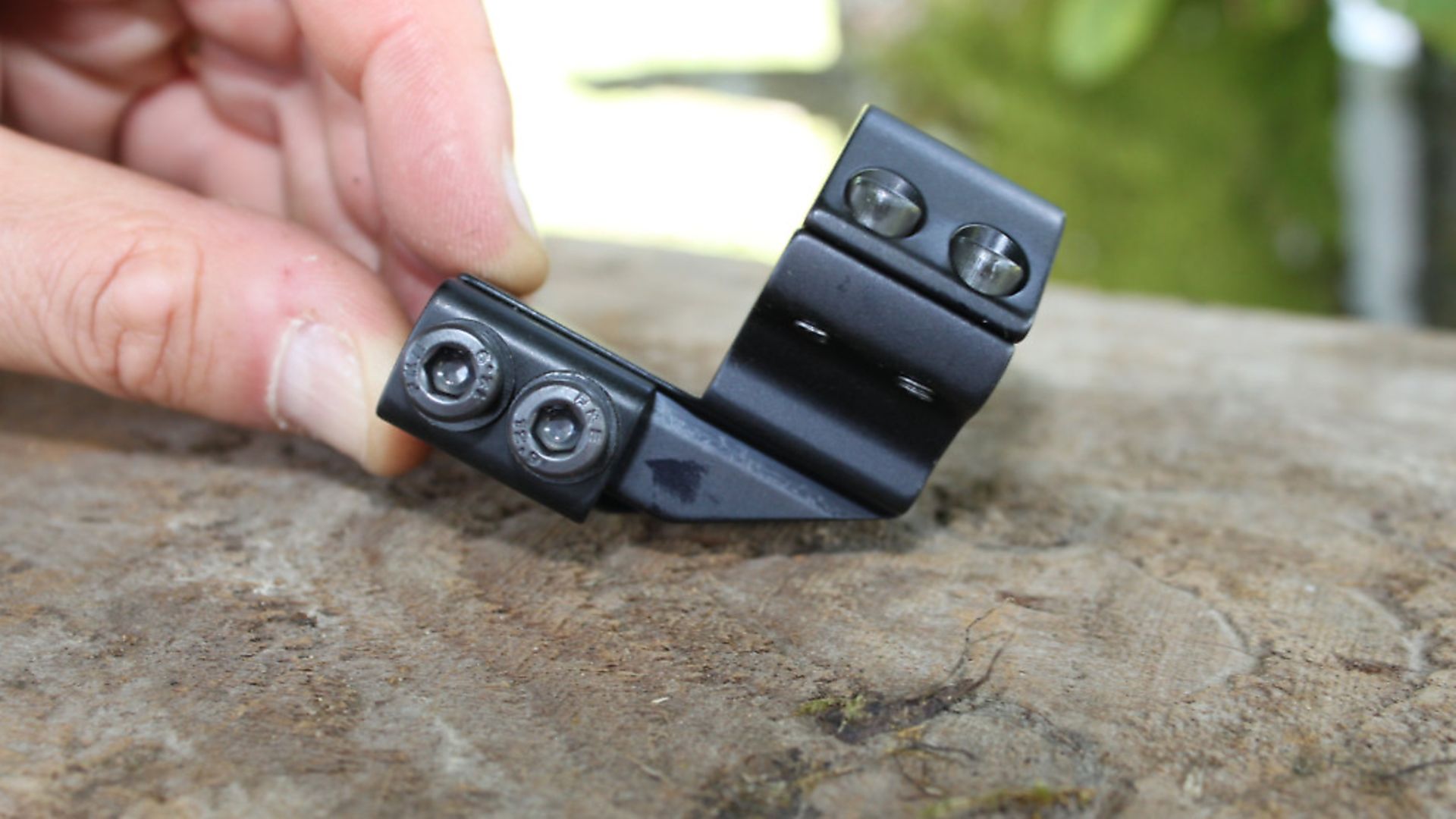 credit: Archant
credit: Archant
One-piece wonder
Many people will be familiar with the one-piece mount; its ability to stand firm against the relentless onslaught of spring gun recoil is well recognised. Where a gun has a set of uninterrupted rails, this will be my go-to choice and Sportsmatch have a variety of permutations on this theme, available in all sizes, all with the ability to hold even the most weighty of scopes firmly in position.
Now, I know it’s a well-documented fact that we fellas don’t like to read instructions, but in this case, I urge you to read the back of the packet because there is some very useful information waiting for you. Knowing how tight to tighten a screw is a subjective thing; some like to get as much leverage as possible, getting them so tight that they wonder why they suddenly go loose as the threads strip. Others are content with a very gentle touch, and then wonder why there is an ever-changing point of impact as their screws slowly loosen.
Thankfully, there is now a way of measuring how much torque is being applied to the screw, by using a torque screwdriver, which will ensure that accurate and measurable torque is applied to each and every screw. The torque values for each screw are contained on the instructions, which to my mind, is worthwhile use of the packaging.
I know that not everyone has a torque screwdriver, so if you don’t possess this very useful tool, I would recommend only using the short end of the hex key as leverage.There will be a set of hex keys included with the mount.
 credit: Archant
credit: Archant
Wide boy
There is nothing in life that is standard, and that maxim certainly holds true in the world of airguns, particularly in regard to the width of scope rails. The modern BSA and the older HW35 both have rails which are 13mm apart, as opposed to the more popular 11mm, but does it really make a difference? Well, the short answer is ‘yes’ if you want to ensure that you get the best possible fit, and therefore function.
In his article, ‘Mount-ing Range’ in AGW July 2018, Tim Finley proved conclusively that not using the correct mount had a detrimental effect on accuracy – his experiments, at the time, concerned the BSA maxi-grip mount.
I found myself in a similar dilemma recently, but my concern was a 1970s Weihrauch HW35E, which I was keen to drag into the 21st century by fitting a scope. On measuring the rail, it became apparent that this was the earlier-type 13mm rail, for which there is a bespoke mount, available in medium, high, and extra high for 25mm and 30mm diameter scope tubes. Fitting, as you’d expect, was as fuss-free as anything, providing a solid platform for the Optima 4x40 scope with which I twinned the rifle.
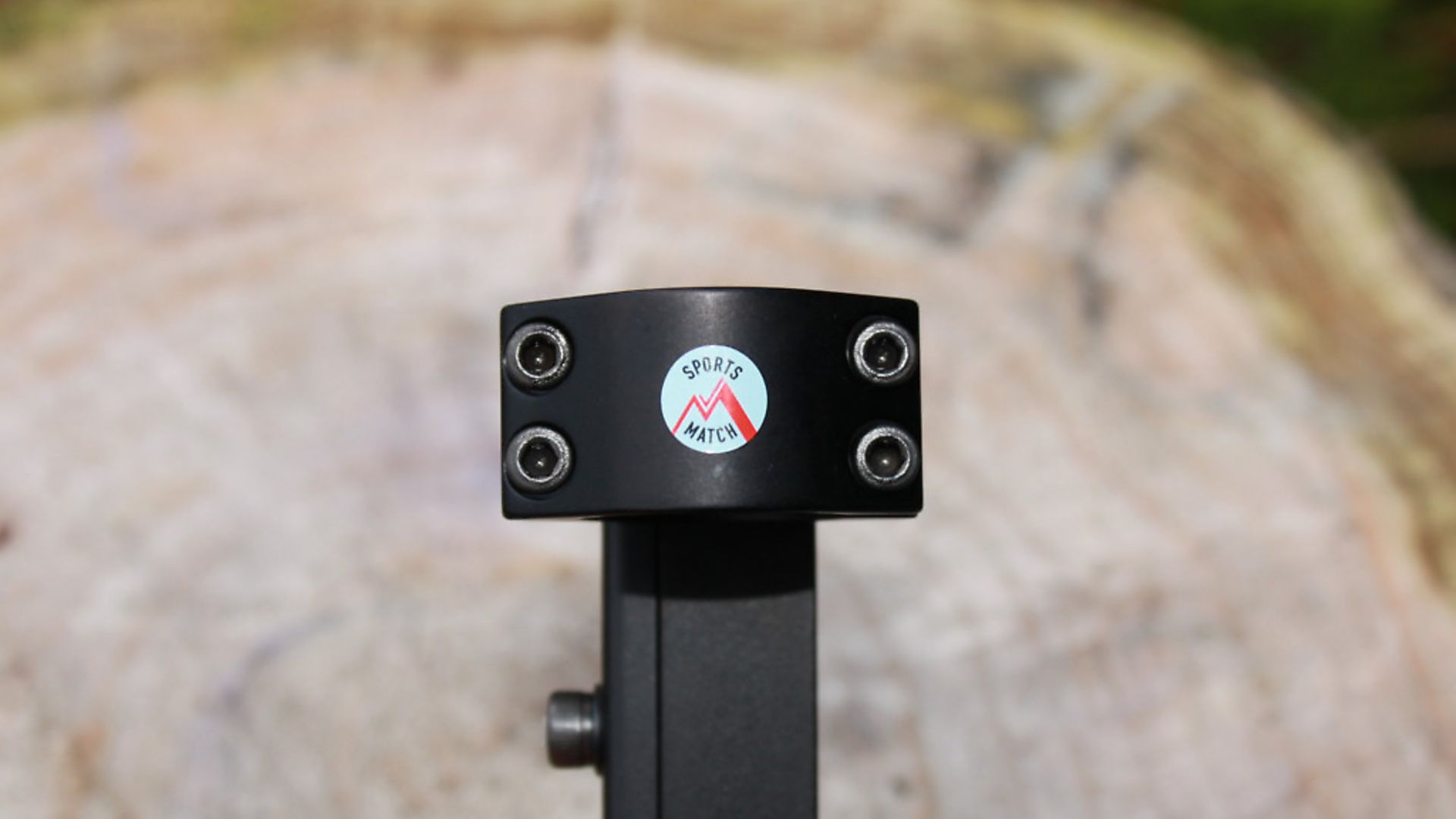 credit: Archant
credit: Archant
Backward step
Rifle design can sometimes cause difficulty in mounting a scope, and two rifles typify this problem – the BSA Airsporter and Mercury – both of which have long curved back blocks, which makes it difficult to get accurate eye relief.
The reach-back mount gives an extra 25mm of rearward movement for the scope, which gives enough flexibility to mount your favourite scope. With this mount installed on my Mercury S, I was able to mount a period Simmons 3-9x40 to good effect, ensuring that I was able to connect with targets far beyond the reach of the open sights.
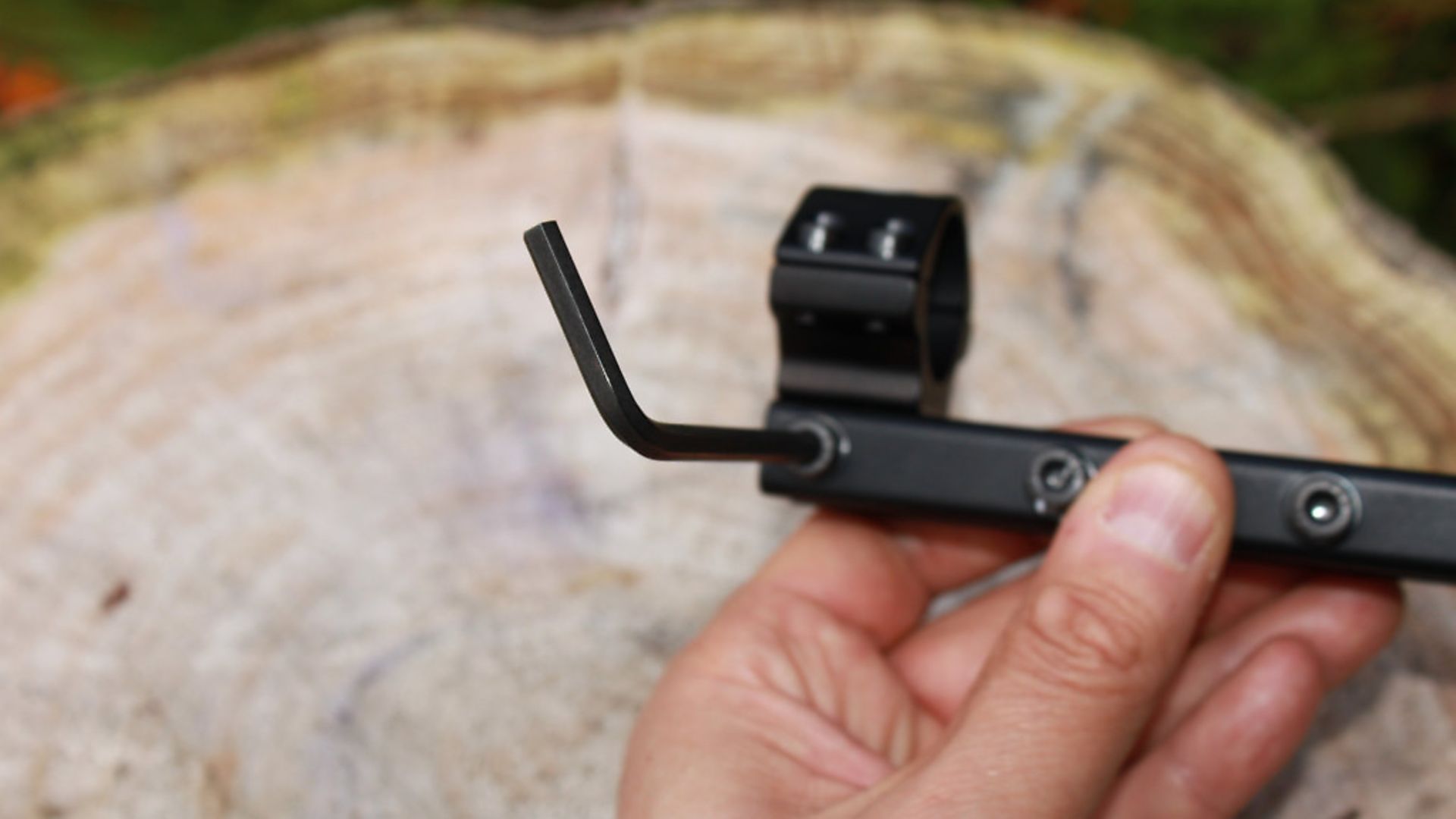 credit: Archant
credit: Archant
Live in peace with your scope
Anyone around in the 1980s will remember the revolution started by Dave Theobold and Ben Taylor, more commonly known as Theoben. They started the interest in alternative power plants – in this case the gas-ram system. There was much merit in this design, one of the characteristics being the sharp, short recoil phenomenon. This type of recoil can sometimes be troublesome for scopes, and can lead to premature failure, so in an attempt to negate the effects of this type of recoil, Sportsmatch developed the Dampa mount, which is one-piece in design, incorporating buffers in the base to give that much needed protection. These are high mounts and so will be suitable for objective lenses up to 50mm in diameter. Mounted and used in exactly the same way as a standard one-piece mount, it fitted my Theoben Evolution perfectly, giving me confidence in the knowledge that I was giving my scope its best chance at longevity.
I have outlined just four applications that have received my attention recently, but I am sure you have come across many more. Space does not allow the study of the whole Sportsmatch range, but chances are, if you have a mounting problem, Sportsmatch will almost certainly have a solution.
Contacts
Sportsmatch mounts
16, Summer Street. Leighton Buzzard. Bedfordshire. LU7 1HT.
Tel. 01525-381638.